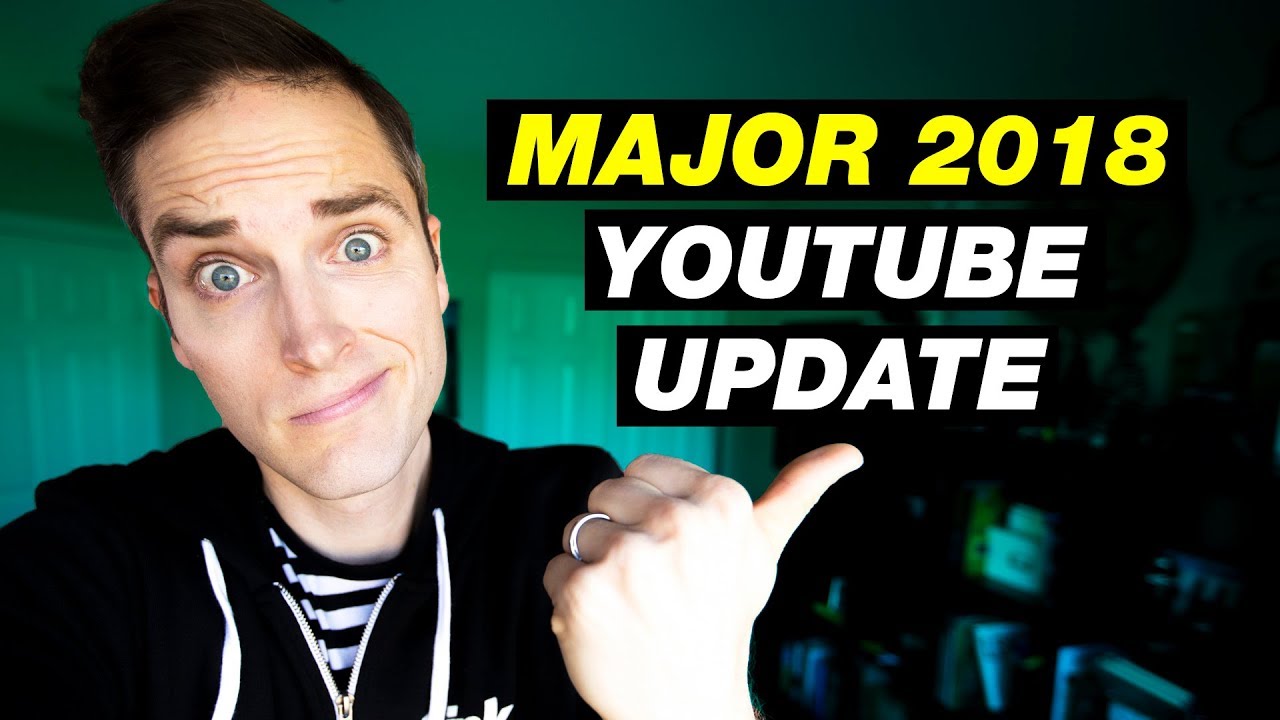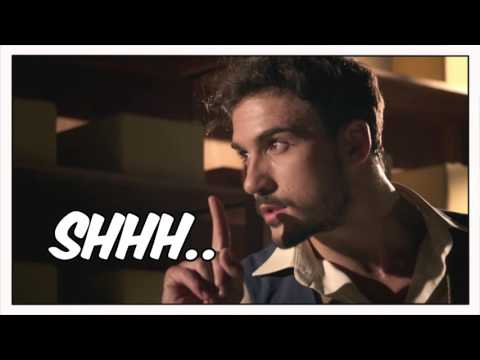How hard is it or not to monetize on YouTube in 2018
From now on, YouTube content creators won’t be able to monetize until they hit 10,000 lifetime views on their channel. YouTube believes that this threshold will give them a chance to gather enough information on a channel to know if it’s legit.
“In a few weeks, we’ll also be adding a review process for new creators who apply to be in the YouTube Partner Program. After a creator hits 10k lifetime views on their channel, we’ll review their activity against our policies. If everything looks good, we’ll bring this channel into YPP and begin serving ads against their content. Together these new thresholds will help ensure revenue only flows to creators who are playing by the rules,” wrote Ariel Bardin, YouTube’s VP of product management, in a blog post.
Moreover, according to polygon.com, YouTube executives acknowledged that life would change for a significant number of channels under the new setup. “The company attempted to defend its decision by noting that <<99 percent of those affected were making less than $100 per year in the last year, with 90 percent earning less than $2.50 in the last month>>,” wrote Julia Alexander.
At the same time, she is pointing out that any video that goes through Google Preferred, a classification that pairs top-tier ads with major creators’ videos, will now be watched by a human before advertising is approved. “This screening process should prevent objectionable content, like Logan Paul’s controversial video containing footage of a dead body, from being monetized. By cutting off the sea of channels that YouTube may not have been able to keep a human eye on, the company will also ensure that it can try to gauge what content is receiving placement for advertisers,”commented Alexander.
On the plus side, the companies must be rejoiced by the fact that YouTube is also giving advertisers more control over which channels get certain ads placed,a situation that permits YouTube to work with both creators in the Partner Program and advertisers to keep a better eye on content before it gets promoted.
Some great ideas on how a company or a content creator can monetize on YouTube can be found here.
Tips & tricks on how to create a successful video campaign on Facebook
Today is all about finding your vision and place on the market and targeting it the right way. Specific messages are created and translated in a specific way, for each media in part. What works for YouTube may very well not work on Facebook or cinema. Even if we talk about the same brand, campaign, positioning and target. So how does one create a powerful and successful video for Facebook, in order to really help the brand?

According to kissmetrics.com, over three billion videos are watched on Facebook daily. Video is eye-catching and engaging and, when used properly, is a great way to bring life to a product or brand. The website editors identified 4 main rules that you can find here. (credit photo: Shutterstock)
As Facebook says, while video continues to grow as a storytelling medium for people and brands, it has been working with hundreds of businesses on building and analyzing video ads to discover what makes great video creative. What they found was that, like advertising of all kinds, building effective video ad creative requires both art and science.
Some rules that would anyone help create a good Facebook video are:
- Tailor your story to your audience.
People are more likely to pay attention to content that’s relevant to their interests, which means you’ll likely get better results if you customize your ad’s message for the people who see it. Consider creating unique videos (or different versions of the same video) for different audience segments.
- Invest in production.
Whether you use a camera phone or a production team, secure the best available creative resources and set a realistic production schedule and budget. People are more likely to watch and remember videos that are well-crafted and designed to play on every device. Remember, cheap doesn’t sell anymore and doesn’t give the “authenticity” feel anymore. Treat the channel with the proper respect and attention and you will get the wanted results.
- Make sure people will relate to the story, by keeping it real and close to them. Use situations that feel close to people’s lives and habits.
- Use the first few seconds wisely.
Bring your story to life quickly, so as people scroll through News Feed looking for content, your video ad quickly piques people’s interest. Consider showing brand or product imagery in the first few seconds. Almost half of the value of a video ad is delivered in the first three seconds, according to research that Facebook commissioned from audience ratings and research company Nielsen. Seventy-four per cent of the value of a video ad is delivered to the audience in the first 10 seconds.
- Focus on storytelling.
Video length is less important than telling a cohesive and concise story. Your video ad shouldn’t be longer or shorter than it takes to tell your story well, so create a storytelling arc from the first frame to the last that keeps your audience interested along the way.
- Create empathy / entertain them / make them laugh or cry.
Everyone feels close to a good, real story that captivates them and brings their emotions to the table.
- Tell your story with and without sound.
Since videos on Facebook autoplay with sound off, it’s important to make sure your video ads entice viewers even when muted. When sound is off, beautiful imagery and on-screen text can help tell your story. When enabled, your video’s sound should offer additional value to viewers and further bring your story to life.
- Use the Groups section
Meeting friends, and sharing your life with those friends, is the business of Facebook. The platform’s ‘Groups’ video perfectly portrays how it helps people connect with others who share similar interests. It creatively identifies how users can benefit from using Facebook by providing a clearly defined problem and a beginning, middle, and end.


